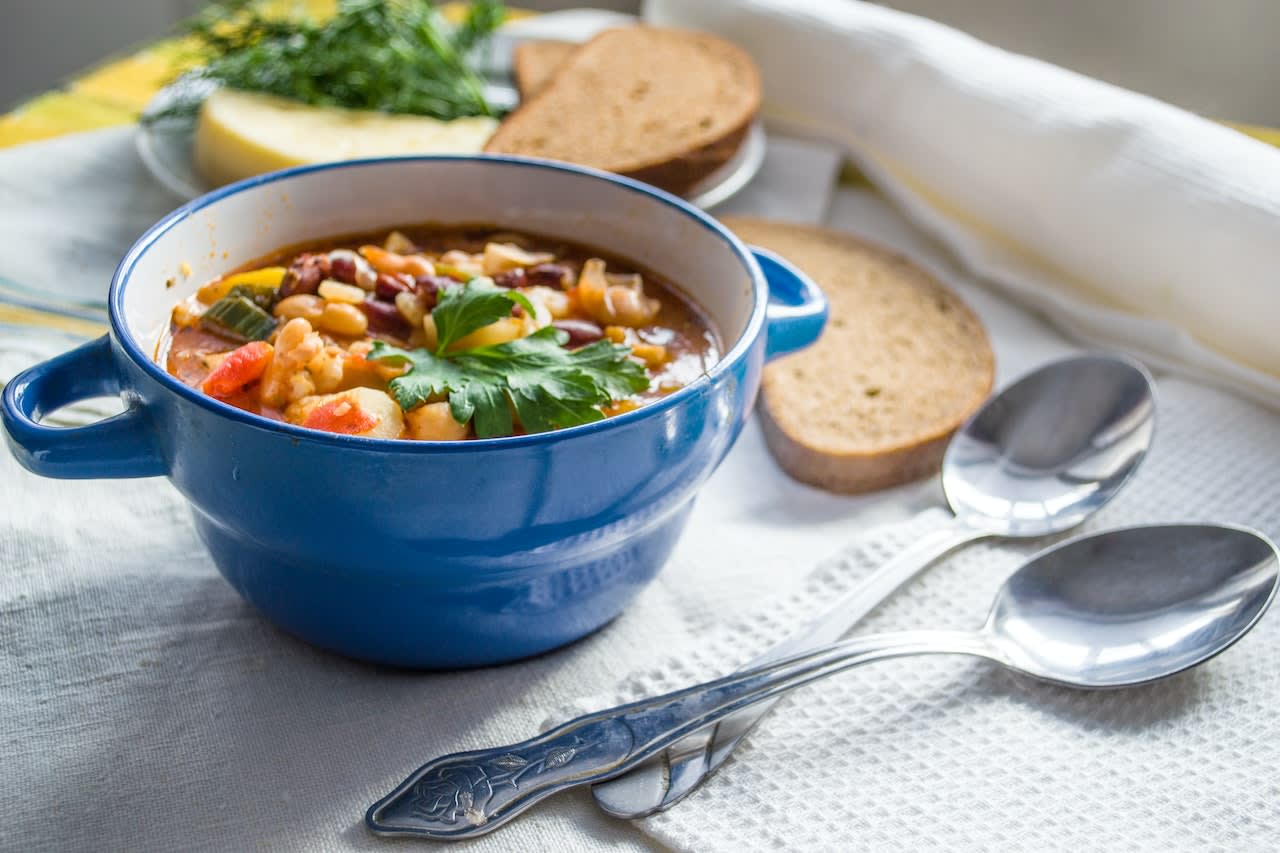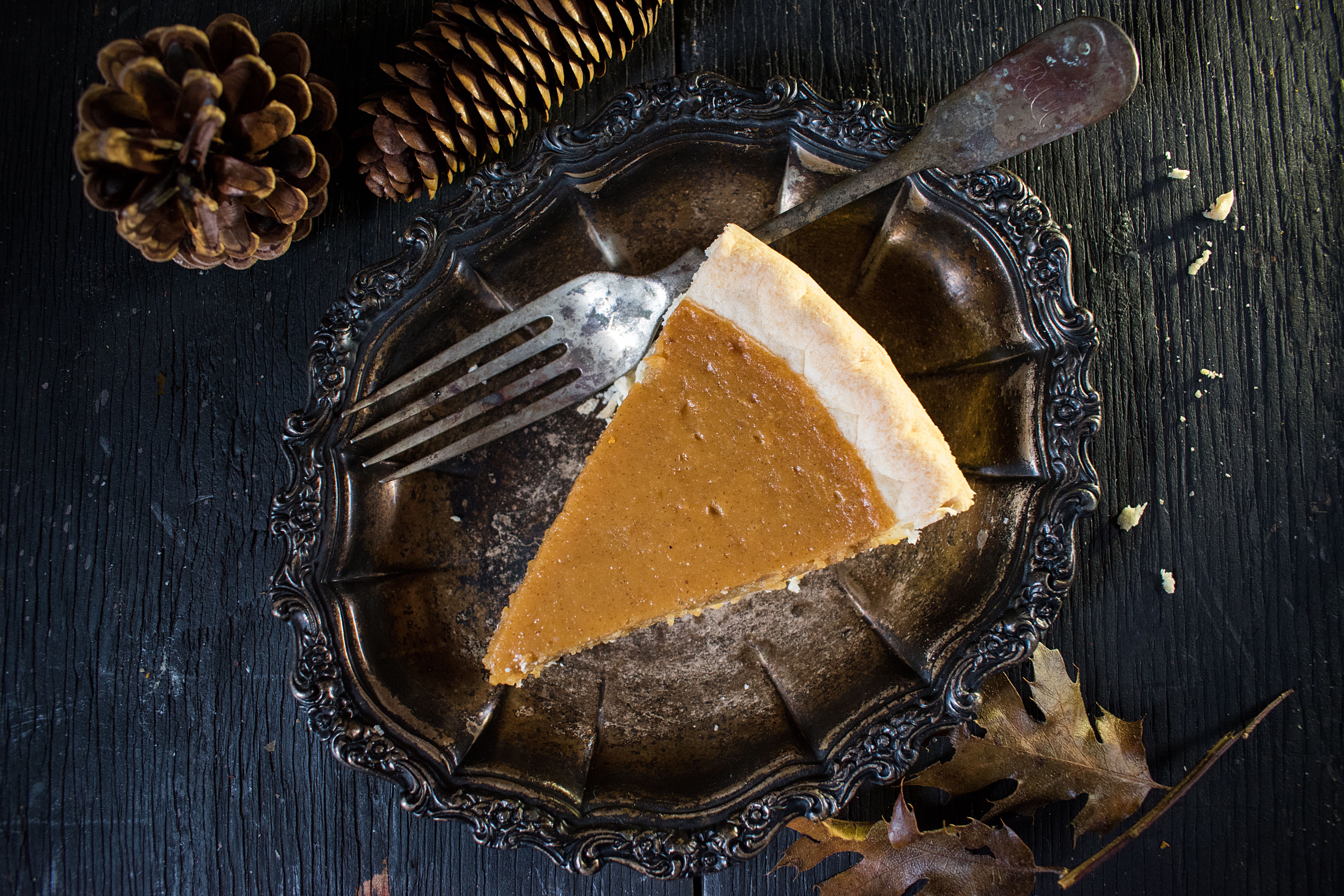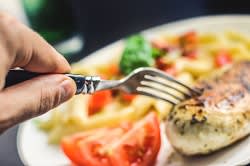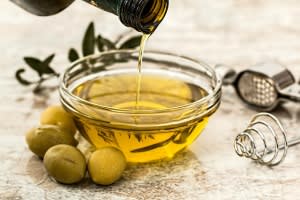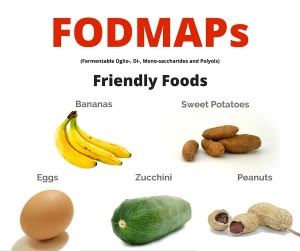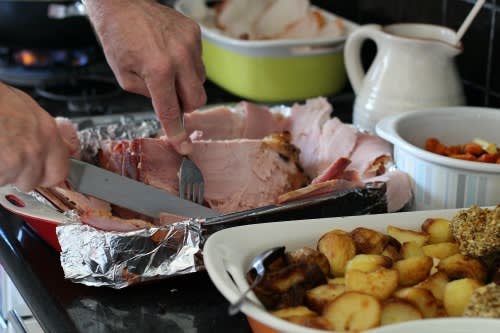Food prices are through the roof. The 3-P plan can help
Published: March 19, 2023l
It’s not your imagination. Food prices are through the roof.
Pandemic-generated supply chain disruptions, surges in supermarket shopping, war in Ukraine, climate change, and the worst case of bird flu in U.S. history have hiked the cost of everything from fresh produce to breakfast cereal to pasta sauce. Feeding your family nutritiously and affordably is a challenge. But it’s doable, especially if you follow the 3Ps: plan, purchase, and prepare — a strategy I’ve created as a nutritionist to help my patients budget and stay on track.
Here's how it works:
Plan
Plan every grocery store visit, starting with a detailed shopping list. Divide the list into food groups to help you create menus: proteins, fruits and vegetables, whole grains, dairy, and fats.
Know what you have at home by taking an inventory of the staples you have before heading to the store. Check your cupboards and fridge. I do a weekly fridge clean out and turn old fruits and vegetables into smoothies, breads, and soups.
Shop stores that have exactly what you need, or else you’ll end up making expensive, unhealthy substitutions.
Scope out farmers’ markets for produce that is local, seasonal, and therefore less pricey than supermarket offerings. Many accept Supplemental Nutrition Assistance Program (SNAP) benefits, formerly known as food stamps
Buy necessities only, including items from the basic food groups: protein, dairy, complex carbohydrates, and healthy fats.
Empty calories waste money, so forgo sugar-heavy soda, artificially sweetened juices and fruit drinks, and stick with water.
Avoid bottled water unless you lack access to clean drinking water.
Don’t shop when you’re hungry (or with your children, if you can help it), or else you may end up filling your cart with items you don’t need.
Purchase
Grab online coupons and supermarket circulars and register for key cards to take advantage of sales and discounts.
Enjoy “buy one, get one” deals on packs of chicken, fish, or other meats. Freeze whatever you don’t need and cook it later.
Get the best value by studying unit prices. An 8-ounce container of yogurt seems less expensive than a 16-ounce container, but it may not be a better value. At five cents per unit or ounce, the yogurt in the large container is a better buy than the 12 cents per ounce yogurt in the smaller container.
Buying in bulk saves money. Skip single-size snacks and save money by buying large quantities to divvy up on your own. Pre-grated cheese is expensive. Buy a whole block and grate it yourself. Buy a whole chicken, cut it up, and freeze the parts you don’t need. Breast meat makes great chicken chili, while legs and thighs are perfect for stews.
Convenience costs, so say “no thanks” to prewashed and cut salads and fruits, and seasoned meats. Save money by washing, cutting, and seasoning your own food.
Frozen foods are budget-friendly. Many frozen fruits and vegetables pack as much nutrition as fresh produce and last longer. Choose canned varieties that are low in excess salt, which you can rinse off with water. Plus, both options are often on sale.
Buy store brands of ice cream, milk, and string cheese, whole-grain breads, crackers, and cereal. They are often as wholesome — and far cheaper — than name brands.
Stay seasonal whenever possible. New Zealand kiwi fruit is a pricey treat during the winter. You’ll spend less on locally grown apples and pears, which are great for smoothies and cobblers, while winter root and cruciferous vegetables make super soups and stews.
Prepare
Learn to cook a variety of simple meals. What you’ll spend on a jar of pasta sauce covers all the ingredients you need to make it from scratch in large quantities that you can freeze.
Protein stretches when you re-create leftovers. Add beans, potatoes, and broth to last night’s chicken. Crumble cooked burgers into a pan with sauteed onions, peppers, and serve over brown rice or whole-grain pasta.
Low-cost protein includes tofu, frozen edamame, and canned tuna, which is often on sale.
There’s always time for treats, and they’re usually on sale. But making your own is healthier. Old apples are perfect for cobbler or pie, and bananas or zucchini make yummy bread. Plus, they’re easier on your wallet.
About the Author
Ilaria St. Florian, RD, is the manager of Stamford Hospital’s KIDS’ FANS (Fitness and Nutrition Services), a pediatric nutrition education program that promotes childhood wellness, obesity prevention and physical activity.
Featured Expert/ Author







